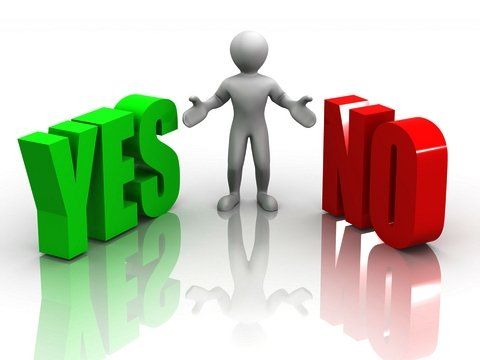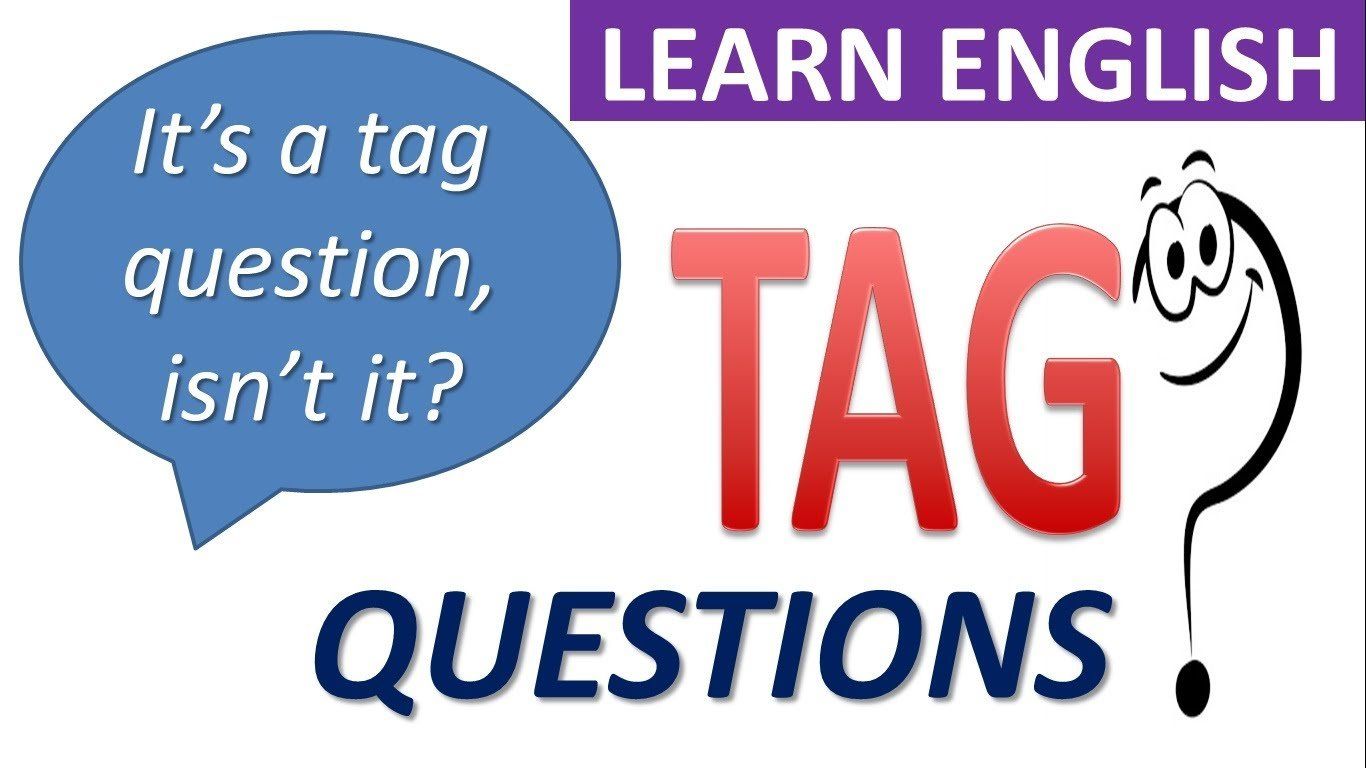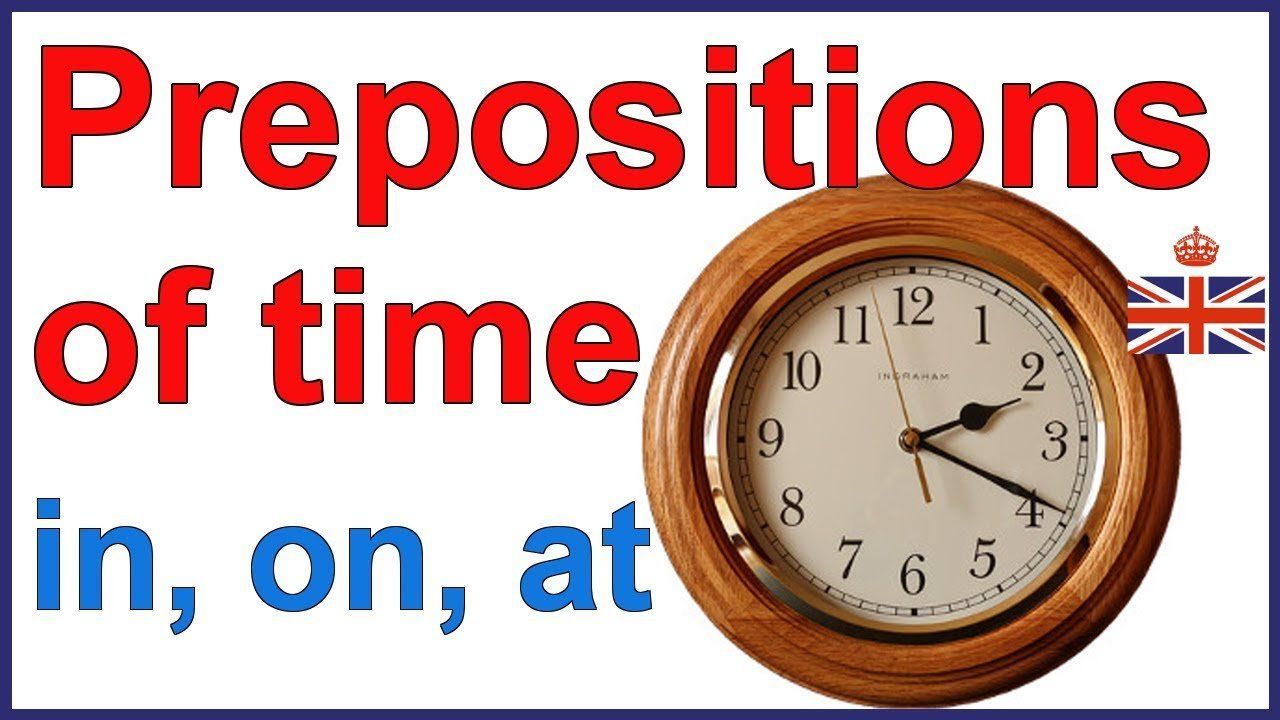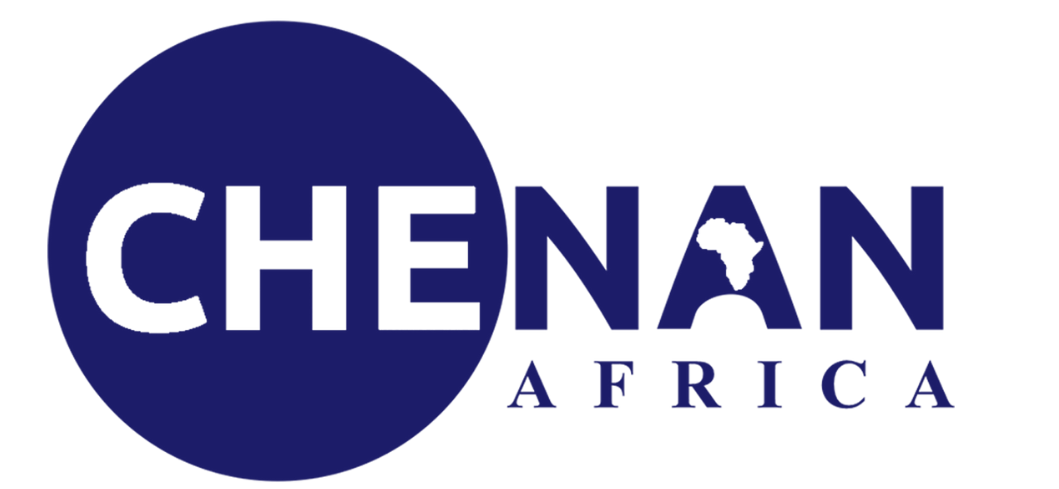A Guide to Asking Questions in English

Questions are sentences that ask for information. In today's lesson,
we’ll look at three types of questions:
1- “Yes/no”
questions
2 “WH-”
questions
3 “Tag”
questions.
For each type, we’ll see many
example questions in different tenses. But before that, let us understand two critical terms: Auxiliary verbs
and main verb
. In order to ask questions in English, one must be familiar and understand these two terms.
Auxiliary:
Auxiliary verbs are verbs that are used together with a main verb. Auxiliary verbs are usually some form of words like:
- Be
- Have
- Do
but also modal verbs such as:
- Can
- Will
- Should
- Could
- Would etc.
Main verb: The main verb is the “action” word in a sentence. For example, in the sentence “Sylvestre eats a salad,” the word “eats” is the main verb.
IMPORTANT: In English, when we want to ask a question, there are three cases:
Case 1: There is an auxiliary or modal verb in the sentence as the main verb.
In this context, we simply invert the subject with the auxiliary or modal verb.
Example: You can play football >>>> Can you play football ? (Can = Modal verb)
Cecilia is from Cote d'Ivoire >>>>>>> Is Cecilia from Cote d'Ivoire ? (Is = Tobe = auxiliary verb)
Here, we'll have to bring the auxiliary To do to form the question.
Example: The examples for this case are well detailed below.
Case 3: To do or To have as main verb.
Although they're both auxiliary, we don't just invert the subject with the verb. We still have to bring the auxiliary To do.
Example: Barbara came home late >>>>>> Did Barbara come home late ?
They have my pen >>>> Do they have my pen ?
1- Yes or No Questions.

- How to form "yes or no" questions.
- The basic structure for yes/no questions is as follow:
Examples of "Yes / No" questions
Present simple examples
The present simple tense is used to talk about things that are always true, or things that generally or frequently happen. Here are some question examples:
- Do
you like fruit?
Yes I do / No I don't .
- Does
your sister come from Benin?
Yes she does / No she doesn't .
- Can
your friend play football ?
Yes I can / No I can't
Careful:
Exception! If the main verb of the sentence is some form of “to be,” it goes in the auxiliary position.
Here are a few examples:
- Are
you ready?
Yes I am / No I'm not.
- Is
your mom home?
Yes she is / No she isn't
Let's look at more examples with different tenses.
Present continuous examples
This is also
called “present progressive.” We use this tense, when we want to
indicate that something is happening right now, or when we want to talk about a near future or something that has been planned.
It is formed as follow: To be in the present simple + subject + Verb + ING.
Example:
- Are
you watching the news right now?
Yes I am / No, I'm not.
- Is
your teacher wearing a tie?
Yes he is / No he isn't
- Are
your parents planning a vacation?
Yes they are / No they aren't
Present perfect examples
The
present perfect tense is used to talk about things that started in the
past, but are still true or relevant now. Questions in the present perfect are formed as follow: Have/has + subject + past participle.
Example:
- Have
you eaten my cake ?
Yes I have / No I haven't.
- Has
your dad your results ?
Yes he has / No he hasn't .
- Have
you ever been to Cotonou ?
Yes I have / No I haven't.
Present perfect continuous examples
Perfect tenses
can also be made continuous. You can do that if you want to talk about
something that started in the past, but you want to emphasize that it’s
still actively happening now.
Questions in the present perfect continuous are formed as follow: Have/has + subject + been + Verb + ING.
For example:
- Have you been studying at this university for a long time?
Yes I have / No I haven't
- Has
your dog been feeling sick the whole day?
Yes it has / No it hasn't
- Have
your parents been living here since they were children?
Yes They have / No they haven't
Past simple examples
Use
the past simple tense when you want to talk about actions that were
completed in the past. To do that, put the auxiliary in the past form
(usually “did”) + subject + infinitive without to.
- Did
you say my name?
Yes I did / No I didn't
- Did the boss leave the meeting?
Yes he did / No he didn't
- Did your parents drink all the wine?
Yes they did / No they didn't.
Careful: Exception! This is similar to the exception for the simple present. If the main verb of the sentence is some form of “to be,” then put the simple past form of “to be” in the auxiliary position. Again, a second verb isn’t necessary. For example:
- Were you ready?
Yes, I was / No, I wasn't
- Was Jeremy at the group dinner last Thursday?
Yes, he was / No, he wasn't
- Were your brothers all sports fans when they were young?
Yes they were / No, they weren't
Past continuous examples
Use the past continuous when you want to talk about completed past actions that continued for a period of time. To do this, use a past form of the verb “to be” for the auxiliary and the “-ing” form for the main verb.
- Were
you talking to me?
Yes I was / No I wasn ' t
- Was
Theresa working yesterday at 4:00 p.m.?
Yes she was / No she wasn't
- Was
I wearing this shirt the last time you saw me?
Yes you were / No you weren't
Past perfect examples
This tense is less common, but it’s still useful. It uses the auxiliary “had” plus the past participle of the verb. You can use the past perfect to show one event happened before another in the past. The earlier events use the past perfect and the more recent events use the past simple. For example:
- Had
you been to Canada before you moved there?
Yes he had / No he hadn't
- Had
your mother played any other sports before she joined the softball team?
Yes she had / No she hadn't
- Had
Harry Potter used any magic before he went to Hogwarts?
Yes he had / No he hadn't
Future simple examples
The most common type of future yes/no questions are ones that use the future simple tense.
You can use the future simple tense to ask about short actions in the future. These questions are actually very easy to make. Start the sentence with “will” as the auxiliary and use a simple (infinitive) verb for the main verb.
- Will
you call me tomorrow?
Yes I will / No I won't
- Will your parents travel to Abidjan ?
Yes they will / No they won't
- Will
that dog try to bite me?
Yes it will / No it won't.
2- "WH" Questions

Most question words actually do start with “wh-,” with the exception of “how.” Here’s a quick review of the question words you should know and when to use them.
- What: Use “what” if you want information about an object or thing.
- Which: This is very similar to “what,” but generally use “which” if there are specific or limited options to choose from.
- When: Use “when” if you want information about a time or date.
- Where: Use “where” if you want information about a place or location.
- Who: Use “who” if you want information about a person.
- Why: Use “why” if you want information about a reason or explanation for something.
Some “wh-” question words start with “how”:
- How: Use “how” if you want information about the way or technique to do something.
- How much: Use “how much” if you want information about quantities of nouns that aren’t countable (like sugar, water, money, etc.).
- How many: Use “how many” if you want information about quantities of things are countable (like people, bottles of water, dollars, etc.).
- How often: Use “how often” if you want information about the frequency of an event.
- Other uses for “how”: You can also use “how” plus an adjective (a descriptive word) if you want information about the degree or amount of an adjective. Examples can include “how tall,” “how beautiful,” “how young,” “how old” and many others.
Important note about question phrases:
Some question “words” are actually phrases with multiple words. For example, I can start a question with “Where,” but I can also add a phrase, such as “Where in Germany.” There are many, many possibilities here, such as “How many times this month,” “When in March,” etc.
So you can have a question phrase with more than one word. But it will normally still go in the same position at the start of the sentence.
How to form “wh-” questions
If you understand how to form yes/no questions, then it’s very easy to form “wh-” questions. Generally, just add a question word/phrase to the beginning of a yes/no question.
The structure of a “wh- question” is usually as follow:
[“Wh-” Question Word/Phrase] + [Auxiliary Verb] + [Subject] + [Main Verb] + [Object or Other Information] + ?
Examples of “wh-” questions
We’ll look at these examples in the same order as in the first section, with some similar topics. I won’t include explanations about when and how to use each of the tenses unless there are differences between yes/no questions and “wh-” questions.
Present simple examples
- Why do you like English?
- Which days do you have access to a car?
- Where does your sister live?
- What is your full name ?
- How often do you eat attieke ?
- Where do you come from ?
NB: For some questions that start with “Who,” we don’t always know who the subject is. Because of that, we normally change the structure a bit. For example:
Object Question: Who does your mom love?
Here “your mom” is the subject. So after “who,” we include the auxiliary, then the subject, and then the verb. The question is asking about the object (the person your mom loves), so it’s called an object question.
Subject Question: Who loves banku with tilapia ?
In
this case, there's no subject in the question. “Who” is asking about the identity of the subject and “ Banku with tilapia
” is actually the object of this sentence. So I can eliminate the
auxiliary and the subject.
3- Tag questions

Normally you use tag questions to confirm information that you think is correct. They come at the end of a statement.
Native English speakers use them all the time.
When should you use tag questions?
If you want to know basic information, you can ask a yes/no question:
Do you speak French? Yes I do / No I don't.
But if you think something is true, but you're not 100% certain, you can ask a tag question:
You speak French, don’t you?
Notice that the structure is very different from the other two types of questions.
How do I form tag questions?
Basically there are two parts: (1) the statement and (2) the tag.
Example: You can drive (statement) can't you ? (Tag)
If the statement is positive, the tag is negative:
You’ve seen the new “Star Wars” movie, haven’t you?
And if the statement is negative, the tag is positive.
You haven’t seen the new Black Panther movie yet, have you?
The statements and tags should be in the same tense. Both of these examples are in the present perfect.
You also need to decide what tag to use. If you have a statement that uses an auxiliary (usually forms of “do,” “have,” “be” and modal verbs like “can,” “might,” “will,” etc.), then use the opposite auxiliary in the tag.
Here are a few examples:
That building was built last year, wasn’t it?
She wasn't in school yesterday, was she?
You will go to Cotonou, won’t you?
It has taken a long time to plan the business, hasn’t it?
It’s cold today, isn’t it?
I f there is no auxiliary in the statement, you should use the form of the verb “to do” that matches the tense in the statement in the tag. For example:
You like her, don’t you?
His father works with the president, doesn’t he?
You went to Nigeria last year, didn’t you?
We haven’t eaten yet, have we?
Again, remember that tag questions use question marks (“?”), but they’re not actually asking questions. They’re just trying to get confirmation or make conversation .




